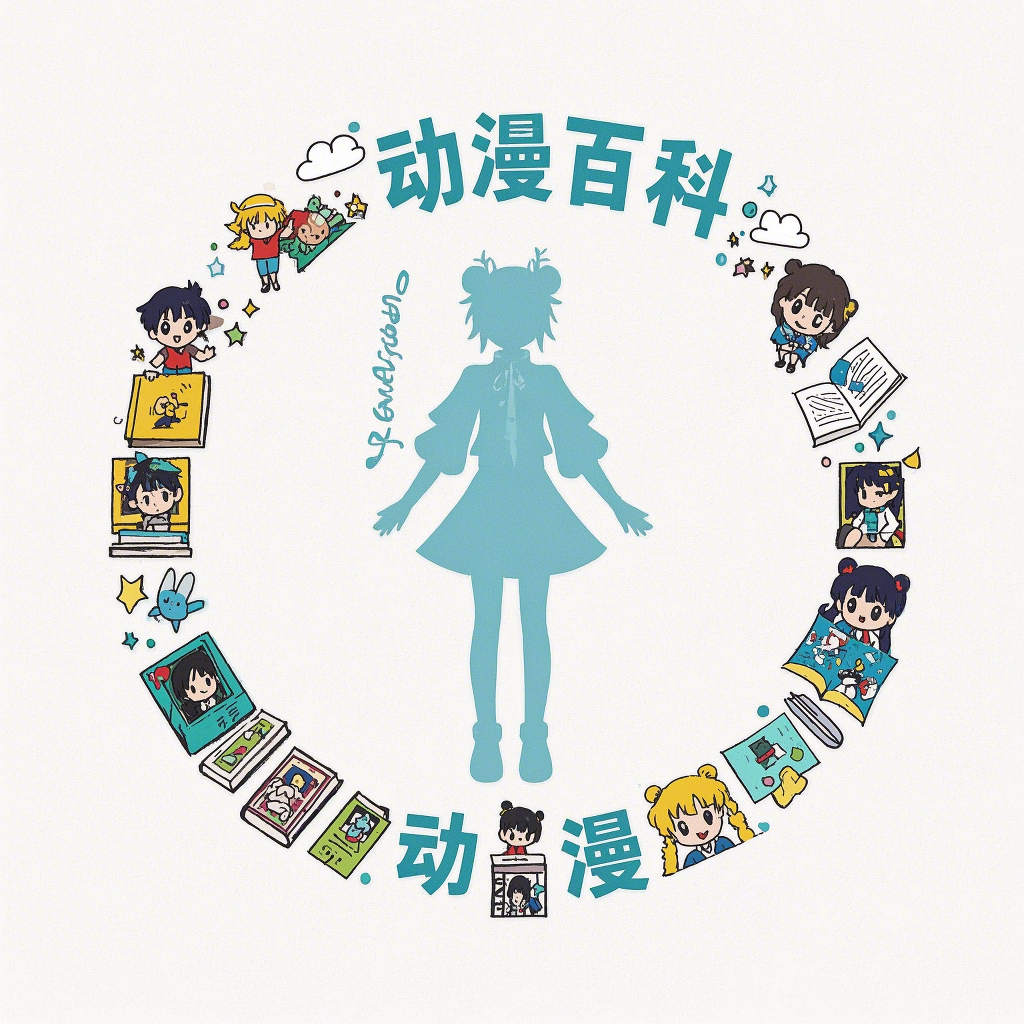Introduction
Anime characters have a unique charm that captivates audiences around the world. Creating anime characters from everyday objects can be a fun and creative way to express your artistic skills. This guide will walk you through the process of transforming objects into anime characters, covering various aspects such as sketching, shading, and adding details.
Understanding the Object
Before you start, it’s crucial to study the object you’ve chosen. Look at its shape, texture, and any unique features it might have. Consider how these characteristics can be incorporated into an anime character. For example, a bottle can be transformed into a character with long flowing hair, or a book can be the basis for a scholarly anime girl.
Step 1: Block Out the Basic Shapes
Start by sketching the basic shapes of the object. Use simple shapes like circles, rectangles, and triangles to represent the head, body, and limbs. This step helps you visualize the character’s structure and proportions.
Example:
- Head: Circle
- Body: Rectangle
- Limbs: Triangles
Sketching the Character
Once you have the basic shapes, it’s time to start sketching the character’s face and body. Pay attention to the following aspects:
Step 2: Drawing the Face
The face is the most crucial part of any anime character. Follow these steps to draw a face:
- Eyes: Begin with a small circle for the eye socket. Add a larger circle for the iris and a smaller one for the pupil.
- Nose: Draw a small, curved line below the eyes.
- Mouth: Depending on the character’s expression, draw a curved line for a smile or a straight line for a neutral expression.
- Hair: Based on the object’s shape, decide on the hairstyle. For example, a bottle can have long, flowing hair, while a book can have a bun or braids.
Step 3: Sketching the Body
Now, sketch the body using the basic shapes you created earlier. Pay attention to the following:
- Proportions: Ensure that the character’s limbs are proportionate to its body.
- Pose: Decide on a dynamic pose that reflects the character’s personality.
- Clothing: Based on the object, choose an appropriate outfit. For instance, a bottle character might wear a dress with flowing sleeves, while a book character could wear a robe or a traditional kimono.
Shading and Coloring
Once you have a detailed sketch, it’s time to add shading and color to bring the character to life.
Step 4: Shading
Shading adds depth and dimension to your character. Use the following techniques:
- Cross-hatching: Draw lines in different directions to create a texture.
- Stippling: Use small dots to create a soft, diffused effect.
- Blocking in: Fill in areas with solid colors to establish the character’s base color scheme.
Step 5: Coloring
Choose a color palette that complements the character’s personality and the object’s original color. Use digital tools like Adobe Photoshop or traditional media like colored pencils or markers to apply the colors.
Adding Details
Details make your character unique and memorable. Here are some ideas to consider:
Step 6: Accessories
Add accessories that enhance the character’s personality and backstory. For example, a bottle character might carry a small, ornate bottle as a prop, while a book character could have a quill pen or a book as an accessory.
Step 7: Background
Create a background that complements the character and the object’s theme. This can be as simple as a solid color or as complex as a detailed scene.
Conclusion
Transforming objects into anime characters is a creative and rewarding process. By following this guide, you can develop your skills in illustration and create unique characters that stand out. Remember to experiment and have fun with your art!
